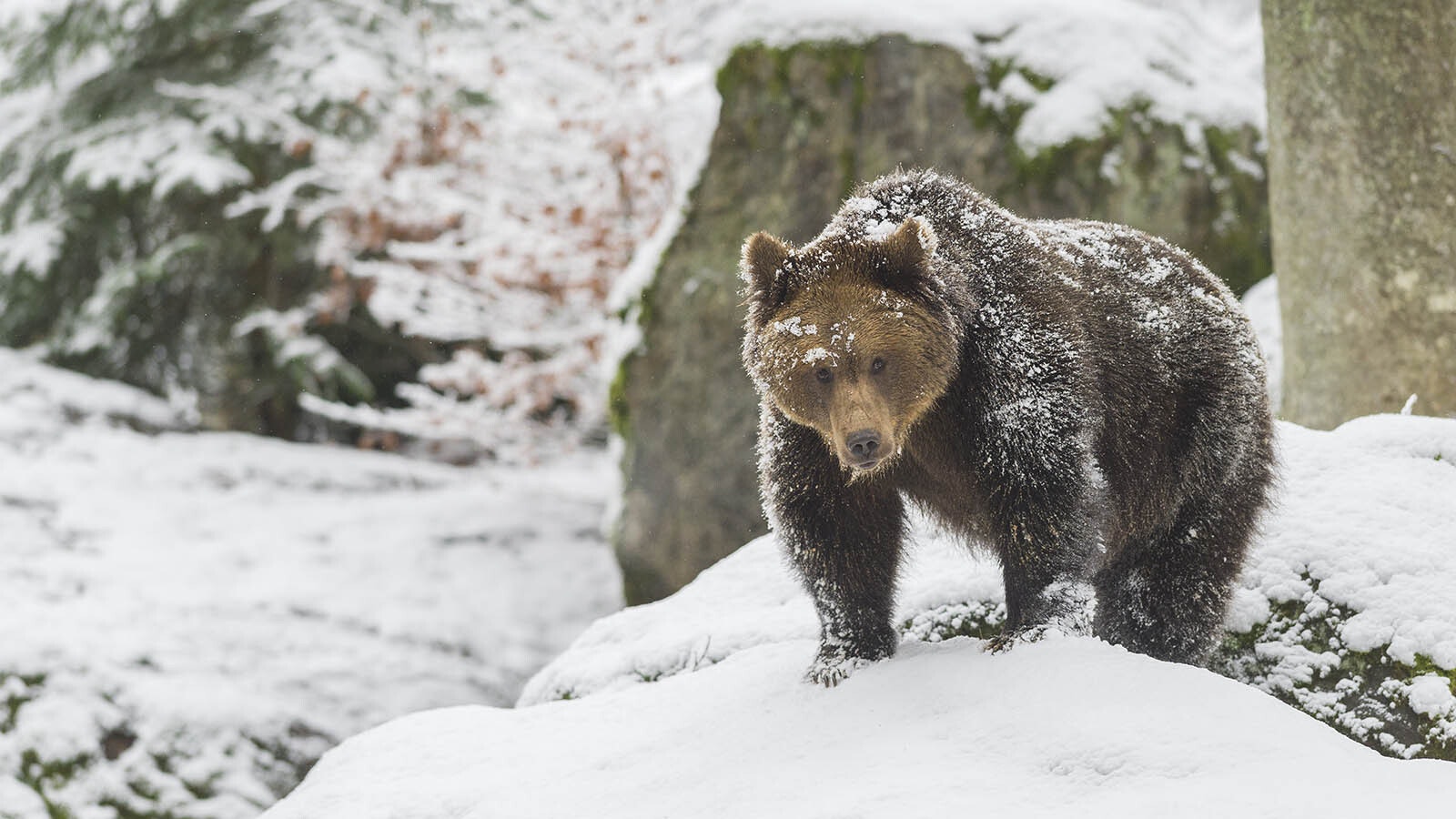The establishment of a robust grizzly population in Idaho’s remote and rugged Bitterroot-Selway wilderness is much longed-for by conservationists as a way to link populations of the bears in Wyoming, Montana and Idaho.
But that still could be many years off. And at least for now, the grizzlies don’t seem too interested in doing it on their own, an Idaho wildlife agent told Cowboy State Daily.
“I know that radio-collared individuals from other grizzly populations have walked into, and then left, that (Bitterroot) ecosystem,” said Toby Boudreau, a program director with the Idaho Fish and Game Department.
The U.S. Fish and Wildlife Service created a buzz recently, when it put out a call for public comments scoping the possibility of reintroducing grizzlies to the Bitterroot region, which extends in to Montana.
But with the scoping process only beginning, any final decision over whether to put grizzlies back into the Bitterroot could still be years away, Boudreau told Cowboy State Daily.
Bears On The Move
When grizzlies in the Lower 48 were placed under federal protection in the 1970s, they’d all but been wiped out in Wyoming and neighboring states.
They’ve since bounced back nicely. Wyoming has at least 600 grizzlies. Montana has the most grizzlies, an estimated 1,800-2,000 bears. There also are established populations in Washington state and Idaho, which as the fewest.
“We have about 200 grizzlies, split almost evenly between a population in the Idaho panhandle and another in our little sliver of the Greater Yellowstone Ecosystem,” Boudreau said.
The panhandle population fluctuates, as grizzlies cross back and forth across the border with Canada, as well as the Montana and Washington state lines.
Even so, Idaho grizzlies get around, Game and Fish spokesman Roger Phillips told Cowboy State Daily.
“They do walkabouts, and it usually involves sub-adult males,” he said. “They can cover a big distance and end up in places that aren’t typical grizzly bear habitat.”
Last summer, a farmer in eastern Idaho caught video footage of two grizzlies joyfully barreling around in his potato field.
‘Cooperating Agencies’
Conservationists have pushed for inter-connectedness between various grizzly populations in the Lower 48, such as Wyoming’s Greater Yellowstone grizzlies and Montana’s Northern Continental Divide bears.
The Bitterroot region has been cited as a key piece of the grizzly bear habitat puzzle. And an established population of grizzlies there could help break a yearslong deadlock over whether to delist the bears and put them fully under state management.
Idaho Game and Fish is still a long way from taking a stand either for or against grizzlies being transplanted into the Bitterroot, Boudreau said.
For now, “We’re one of the cooperating agencies” in grizzly management, he said.
Tolerance Levels Matter
And if reintroduction into the Bitterroot-Selway ever happens, there’s been no decision as to where the transplanted bears might come from, such as grizzlies being transferred from Wyoming or Montana.
And just as in Wyoming, where grizzlies can establish permanent populations frequently hinges on human tolerance for their presence, Phillips said.
“Where they put these bears doesn’t mean that’s where they’re going to end up,” he said. “What about when they wander out of the wilderness and start going into local towns?”
Mark Heinz can be reached at mark@cowboystatedaily.com.





